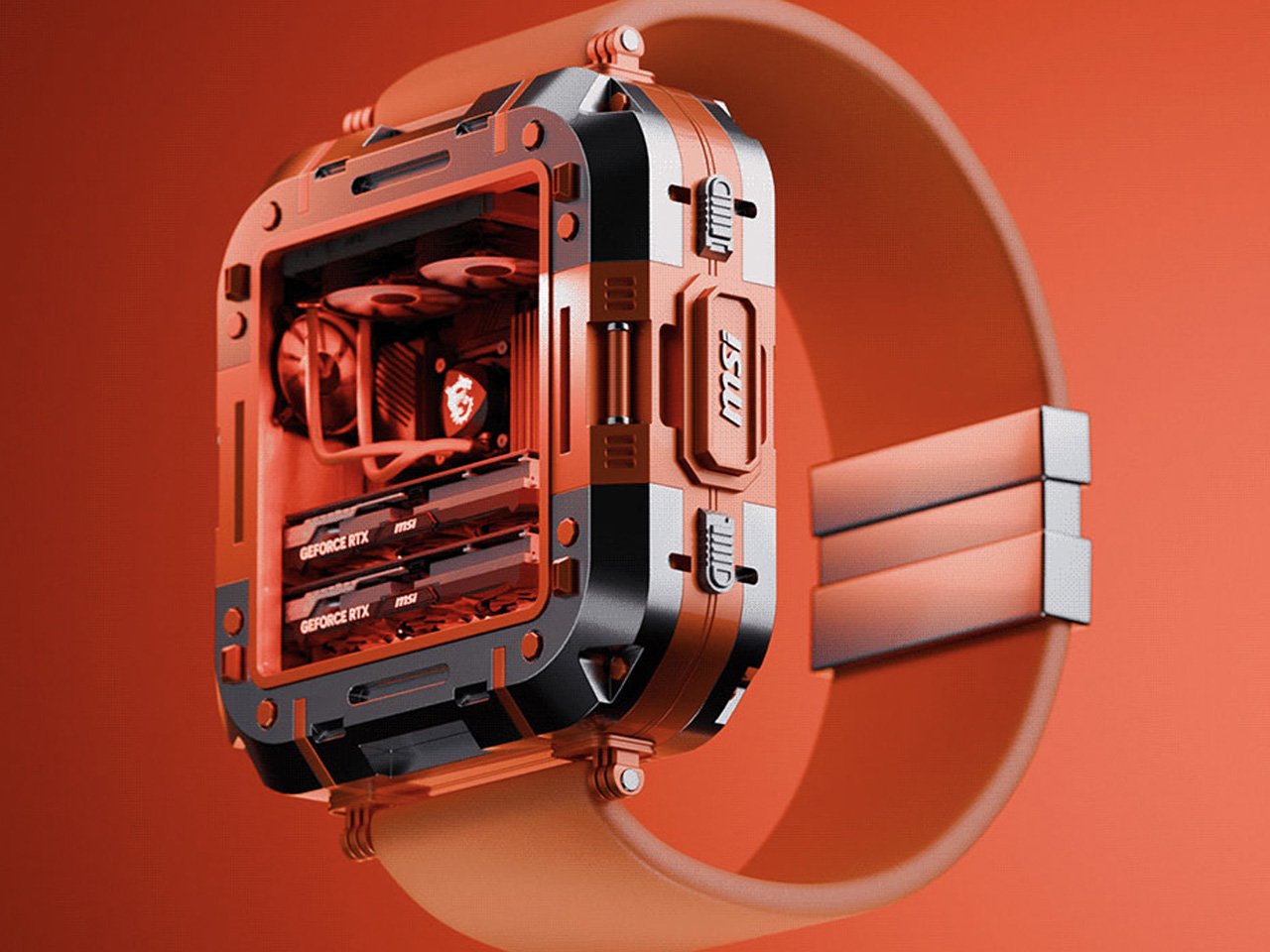
The smartwatch game has completely shifted. We’re past the days of glorified notification screens strapped to our wrists. What we’re seeing now feels truly revolutionary: devices that blur the line between wearable computer and essential lifestyle tool. The transformation feels sudden, but it’s been building for years. Early smartwatches suffered from trying to be everything to everyone, cramming smartphone features onto tiny screens that were painful to navigate. The result was devices that felt more like technological obligations than personal accessories.
Users tolerated them because they promised convenience, but few genuinely loved wearing them. And, we have curated a couple of amazing ones for you. These aren’t your typical rectangular screens with interchangeable bands. These designs challenge everything we thought we knew about what belongs on our wrists. Some embrace full transparency, others go completely organic, and a few strip back to pure minimalism. Each one solves different problems in ways that make sense.
1. MSI Gaming Watch
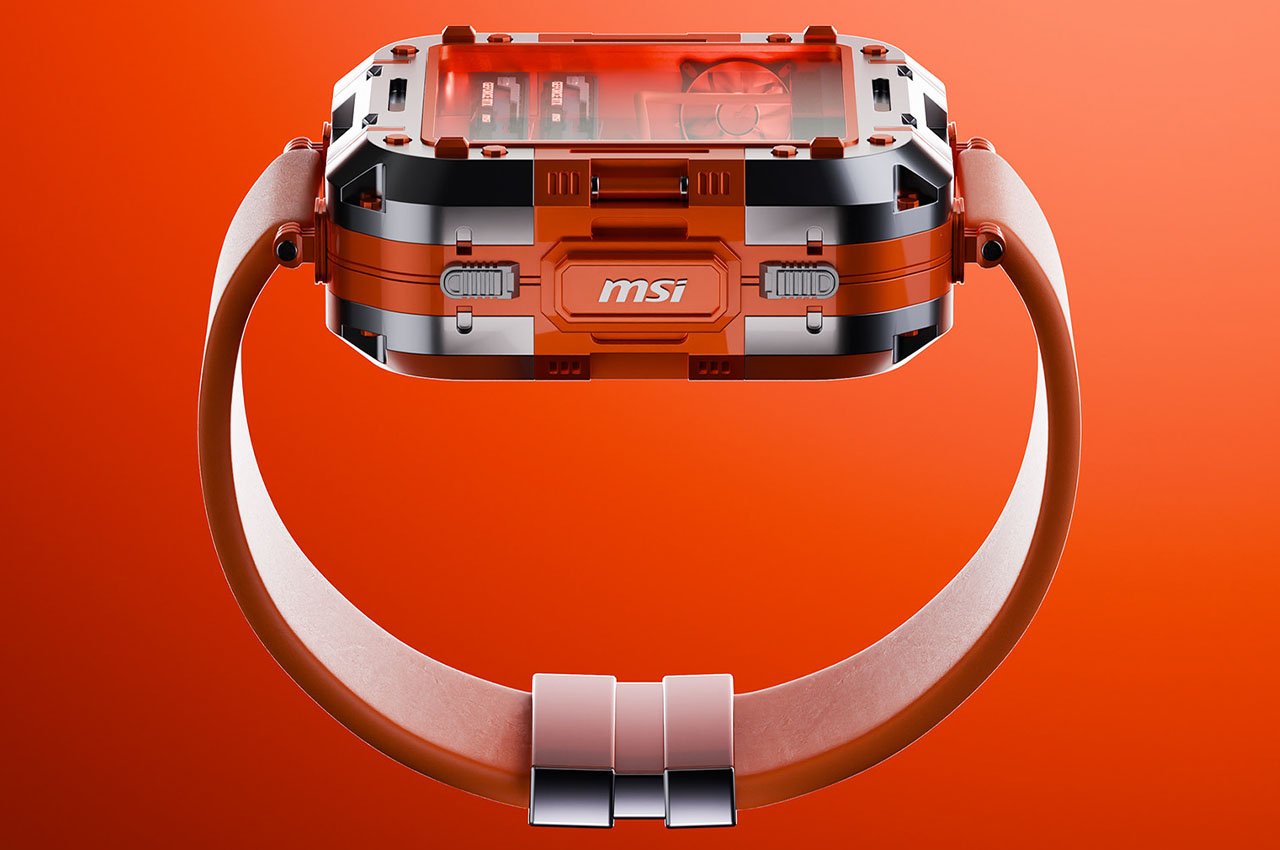
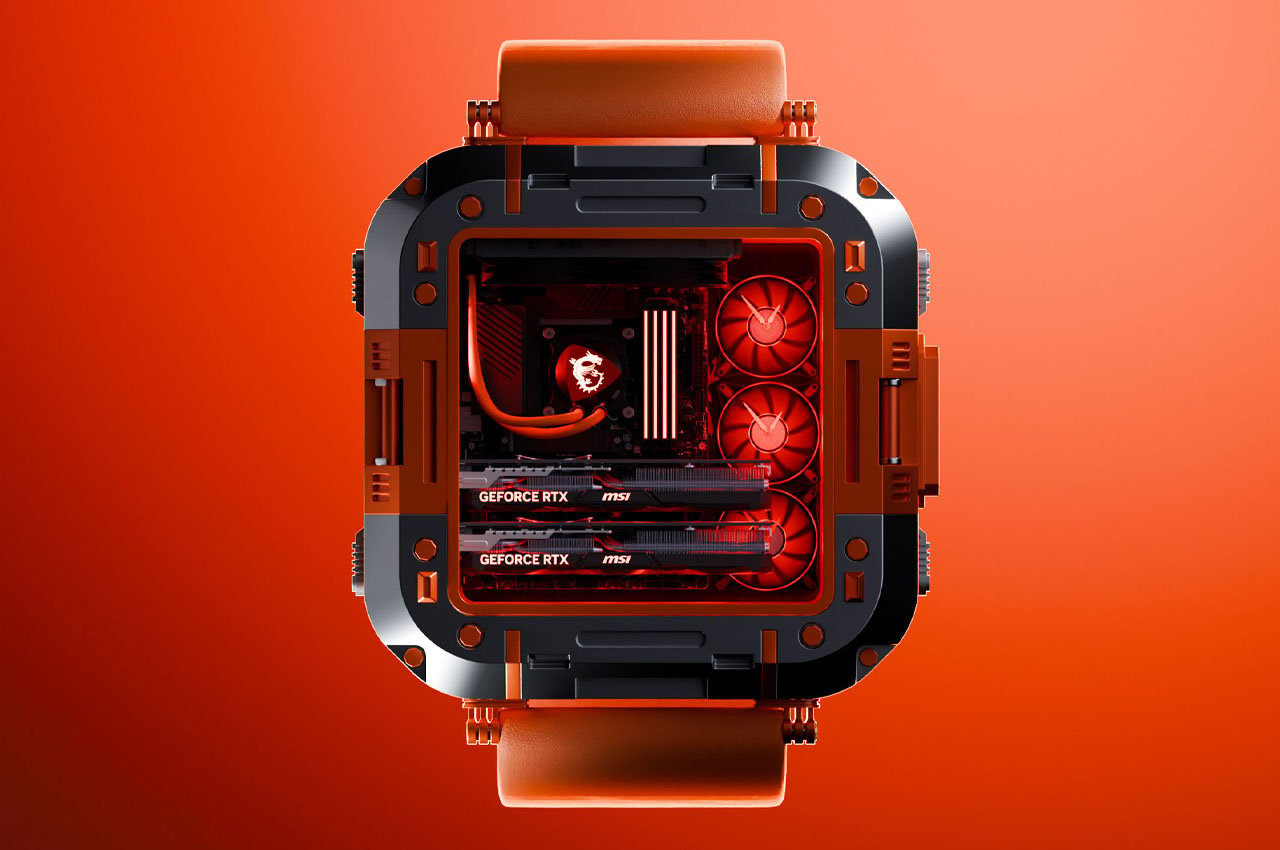
MSI took one look at traditional smartwatch design and said, “absolutely not.” Their gaming PC watch doesn’t hide what it is; it celebrates it. The entire case is transparent, showing off every component like a high-end gaming rig. You can watch the cooling fans spin and see the graphics processing happening right there on your wrist.
The dragon-red theme screams gaming culture, but this isn’t just aesthetic posturing. MSI knows cooling systems better than almost anyone, and they’ve crammed decades of thermal management expertise into wearable form. The metal alloy construction feels substantial, like it could survive a serious gaming marathon. Those four side pushers give you direct access to system controls without breaking your flow during intense sessions. This device makes no apologies for being exactly what gamers want: a full PC that happens to fit on your wrist. The subtle analog hands keep basic timekeeping functional while RGB lighting responds to system activity.
What we like
- Every internal component is visible through the transparent case design.
- True PC functionality without desktop limitations.
What we dislike
- Weight will be noticeable compared to regular watches.
- High-performance components mean frequent charging sessions.
2. Nothing CMF Watch Pro 3
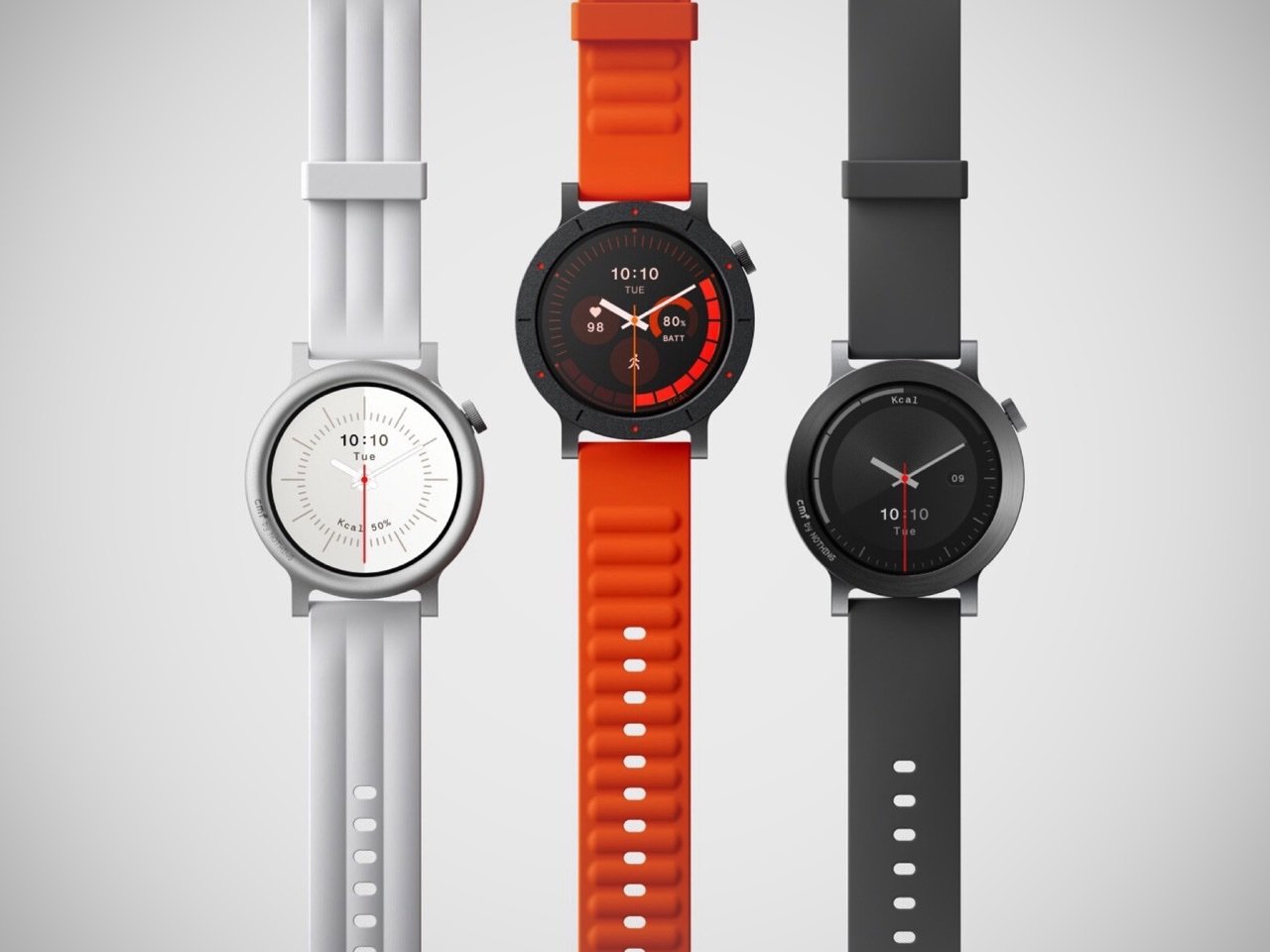
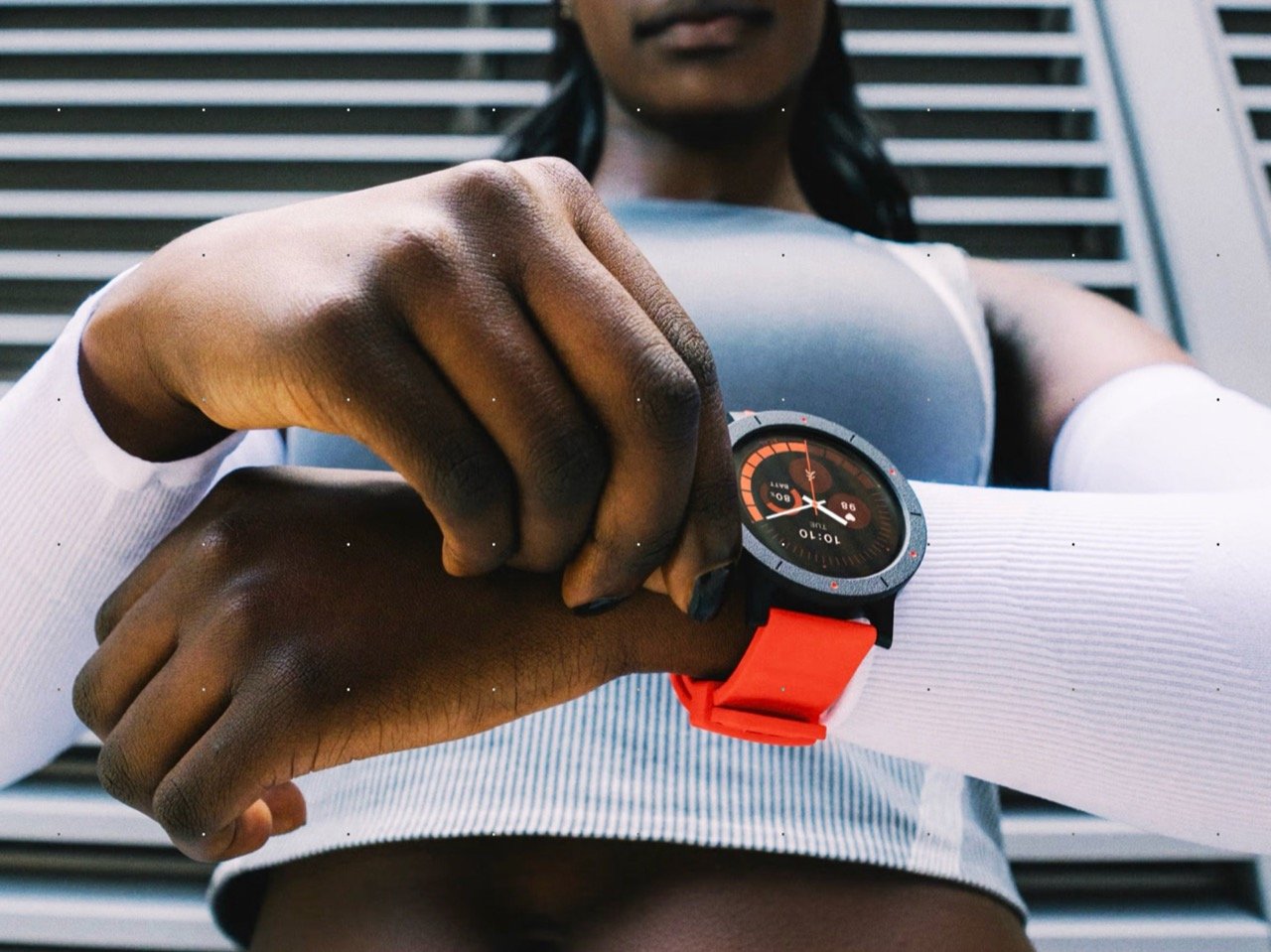
Nothing has figured out something most tech companies miss: good design isn’t about cramming in features or copying competitors. The CMF Watch Pro 3 proves you can deliver premium smartwatch capabilities without premium pricing, and it’s genuinely impressive. That 1.43-inch AMOLED display looks gorgeous. The 466 x 466 resolution makes text crisp and colors pop, though 675 nits of brightness struggle a bit in direct sunlight.
The metal case feels solid, especially with those signature orange accents that make it instantly recognizable as Nothing design. IP68 water resistance handles rain and splashes perfectly, though they don’t officially recommend swimming. The interface deserves special mention. Clean typography, logical navigation, and over 120 watch faces mean you can personalize this thing. It feels mature in a way that many budget smartwatches don’t, like they spent time thinking about how people use these devices day to day.
What we like
- Outstanding AMOLED quality for the price point.
- Massive selection of customizable watch faces.
What we dislike
- Display brightness struggles in bright outdoor conditions.
- Water resistance doesn’t extend to swimming activities.
3. Samsung Galaxy Watch8
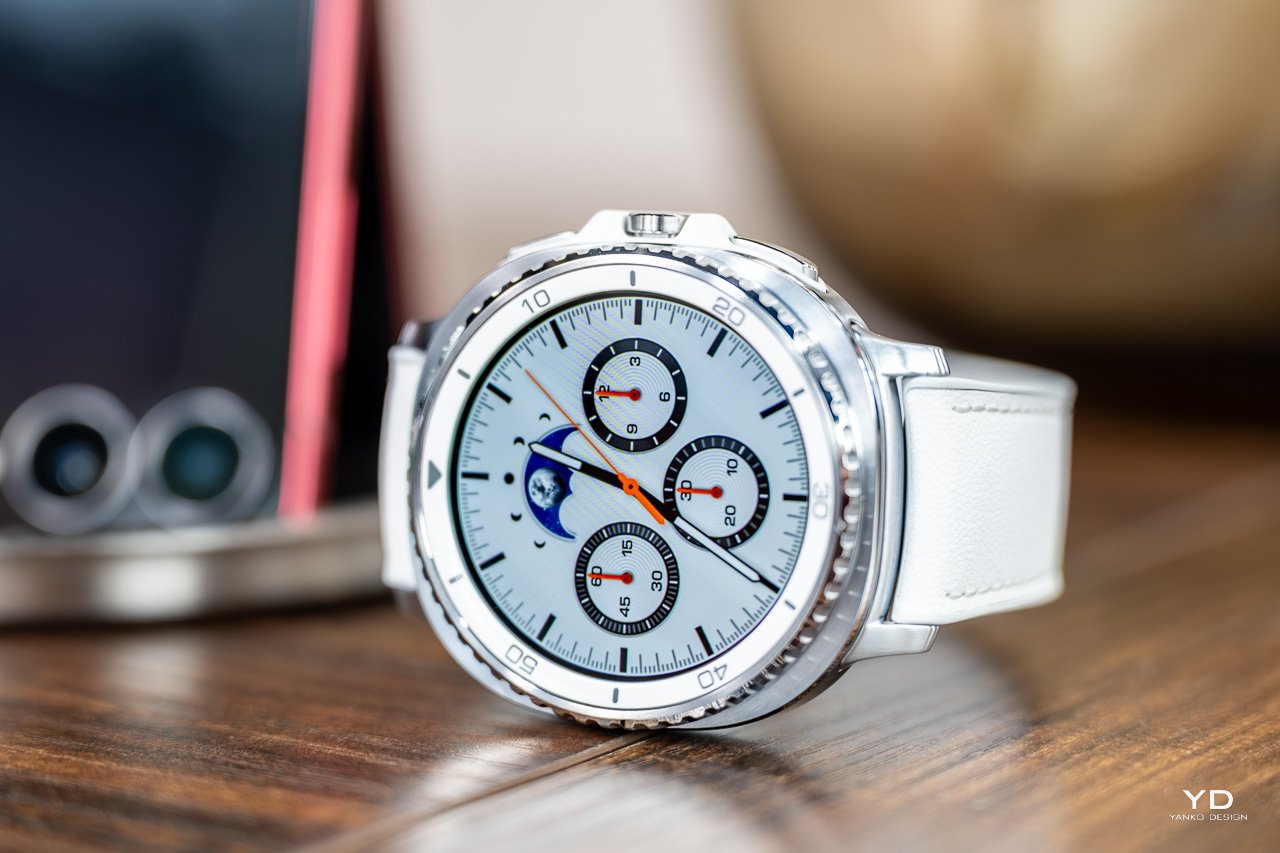

Samsung finally nailed it. The Galaxy Watch8 feels like the smartwatch they’ve been trying to make for years – the thinnest Galaxy Watch ever, packing a powerful 3mm processor and comprehensive health tracking into a profile that disappears on your wrist. Getting hands-on time with the Watch8, Watch8 Classic, and Watch Ultra makes Samsung’s design maturity obvious. Each serves different needs while feeling cohesive. The Classic brings back that beloved rotating bezel with modern refinements.
The Ultra goes full titanium adventure mode. The base Watch8 just gets out of your way and works. The health monitoring capabilities use Samsung’s new BioActive Sensor module, which goes way beyond step counting. Sleep tracking, heart rate variability, blood oxygen – it’s comprehensive enough to influence actual health decisions. The ecosystem integration with Samsung phones creates seamless experiences that feel effortless rather than engineered.
What we like
- Thinnest design ever achieved in the Galaxy Watch lineup.
- Advanced health sensors provide genuinely useful insights.
What we dislike
- Premium pricing limits accessibility for many users.
- The best features require staying within Samsung’s ecosystem.
4. Vetra Orbit One
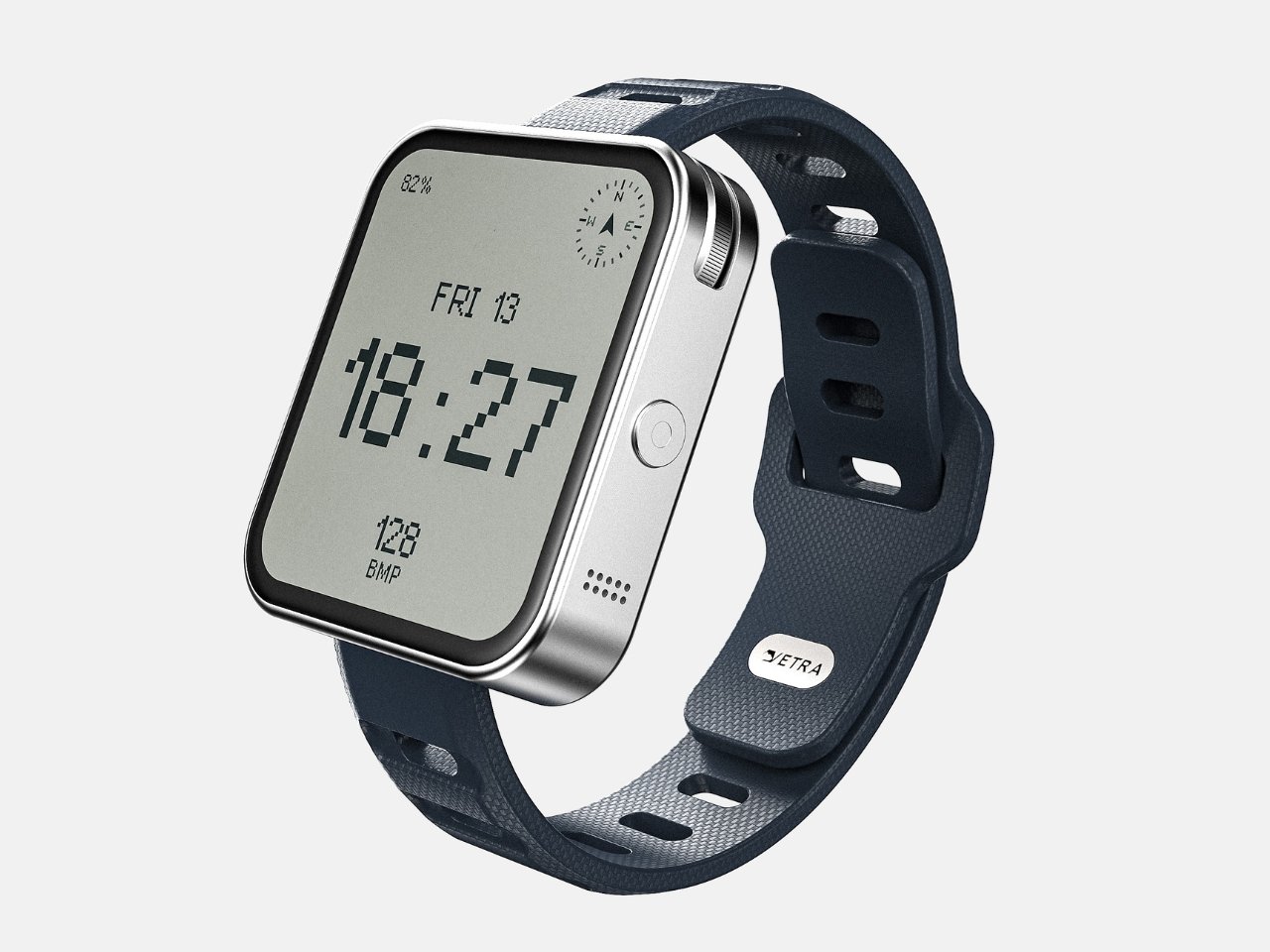
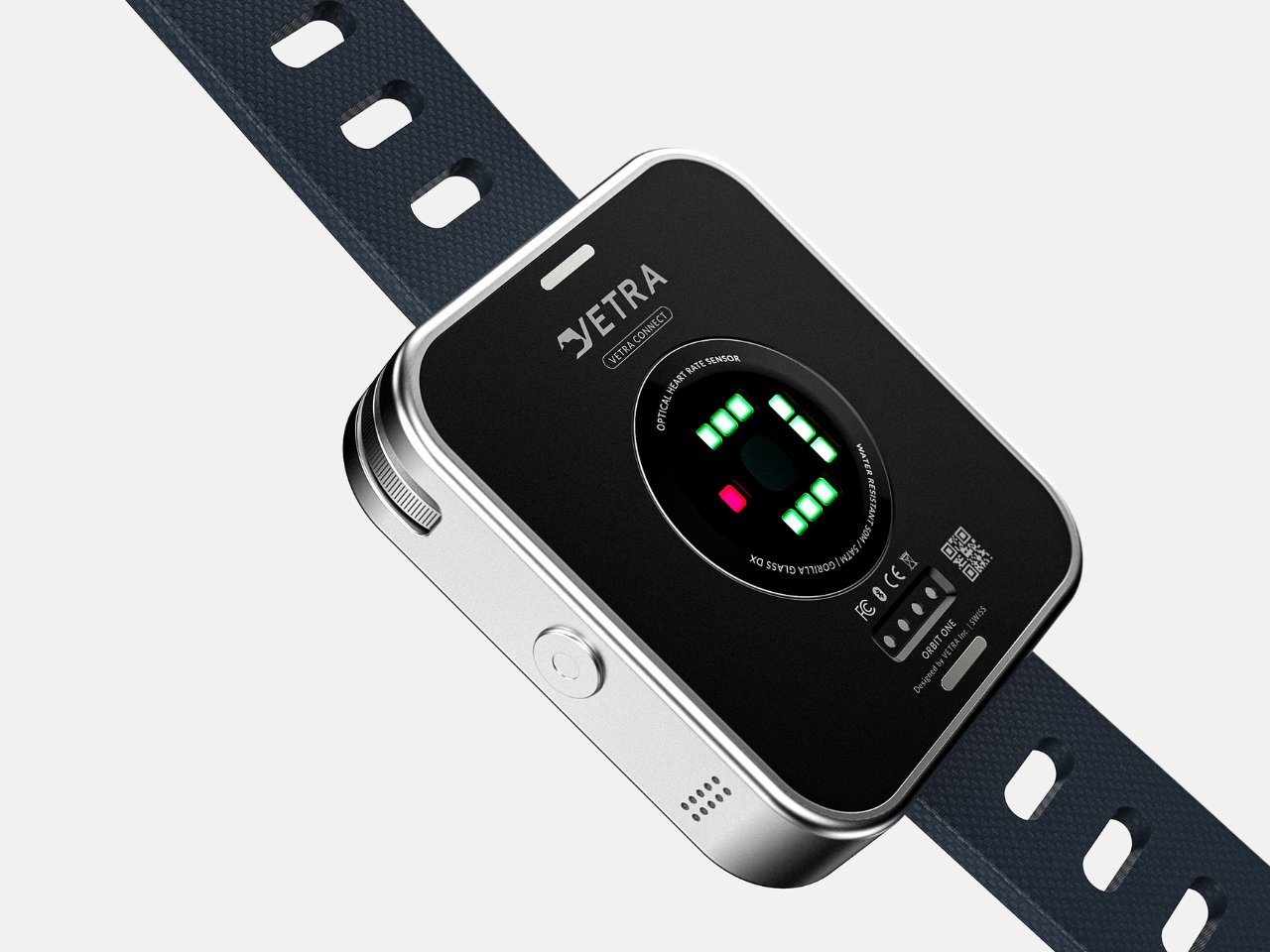
Remember when you could feel your technology? The Vetra Orbit One brings back that satisfying click, the weight of a proper rotating bezel, and the texture that makes every interaction feel intentional. It’s a deliberate rejection of the smooth glass rectangles that have taken over our devices. The AI integration here feels thoughtful rather than showy. Instead of cramming every possible smart feature into a tiny screen, they’ve focused on essential information delivered through clean typography and subtle details.
The rotating bezel gives you nuanced control that feels natural, like adjusting a classic chronograph rather than swiping through menus. What strikes me most is how unobtrusive this design feels. It works across different styles and situations without screaming “look at my tech.” The minimalist aesthetic isn’t about fewer features – it’s about better focus. Every element serves a purpose, and nothing feels like digital noise competing for your attention.
What we like
- Physical controls that feel satisfying to use.
- Clean design that works with any style.
What we dislike
- Limited screen real estate restricts some functions.
- Takes time to learn if you’re used to touchscreens.
5. Garmin Lily 2 Active
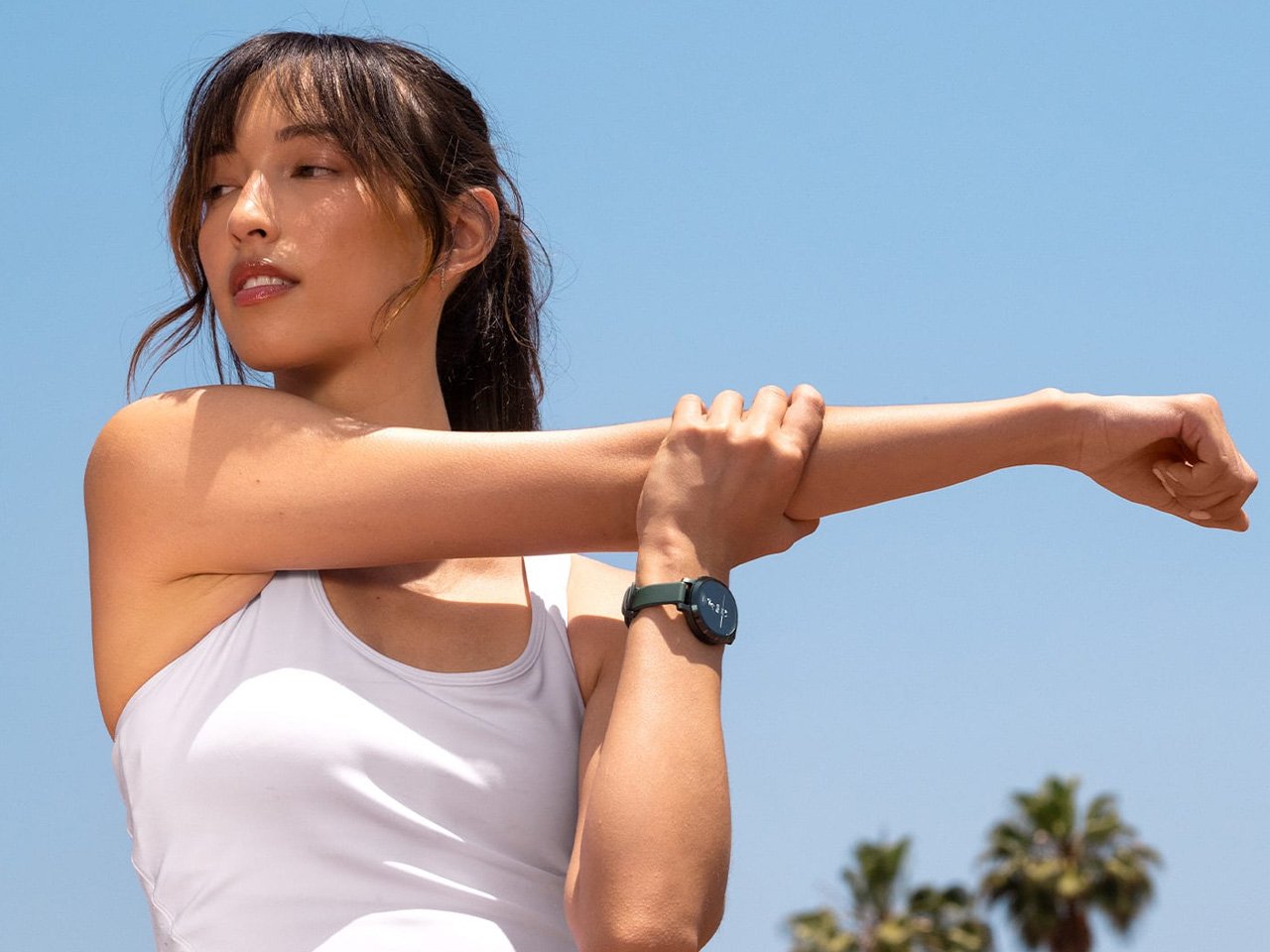
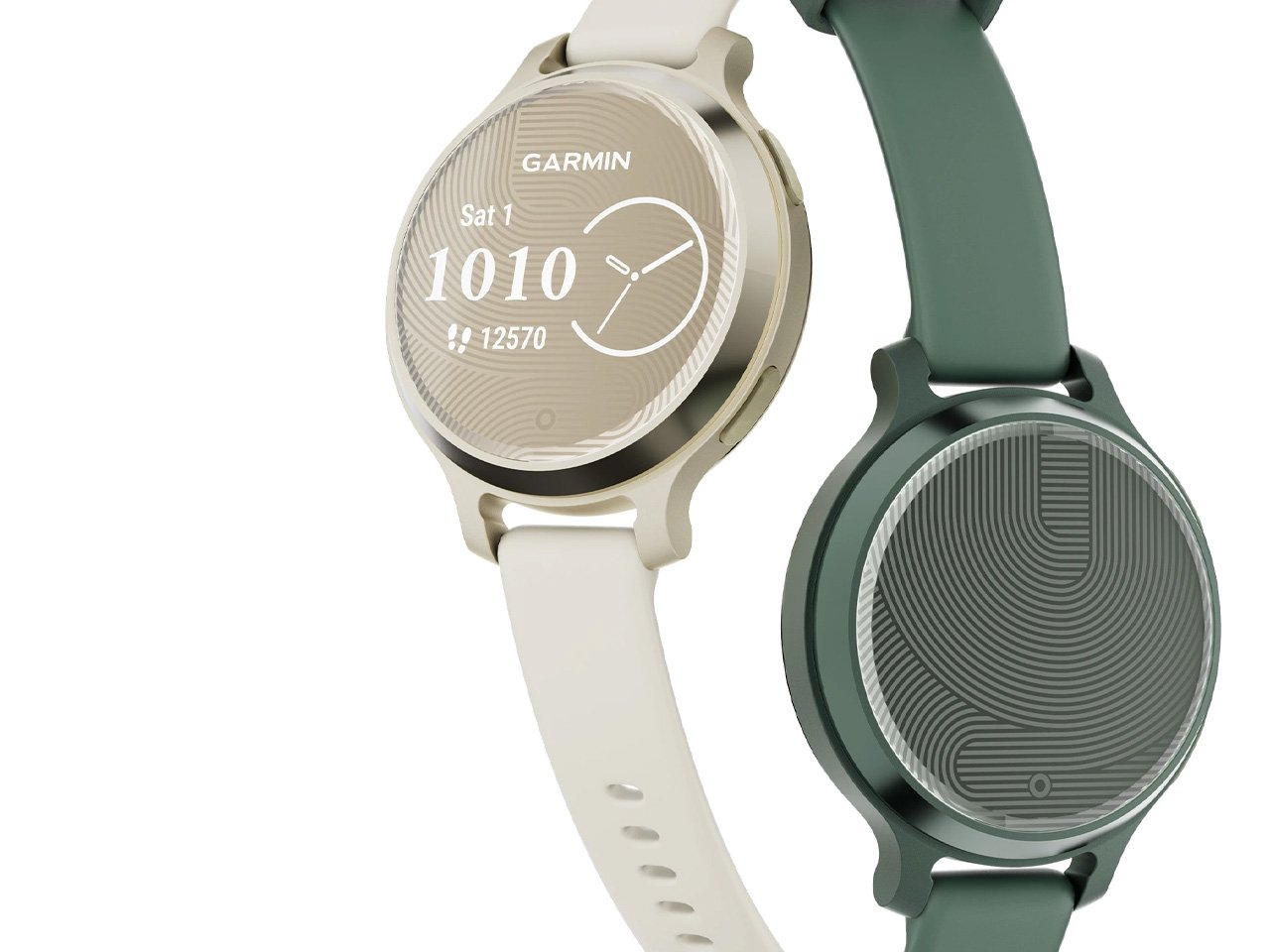
The Lily 2 Active proves size isn’t everything. Garmin packed GPS functionality and comprehensive fitness tracking into their smallest smartwatch ever, specifically designed for active women who were tired of oversized, masculine designs dominating the market. Nine days of battery life without GPS is impressive power management. With GPS running constantly, you get nine hours – plenty for most activities unless you’re doing ultra-distance events.
The metal casing ensures durability despite the compact form factor, while the hidden display that comes alive with movement or touch maintains elegance while delivering essential information. The women’s health features show Garmin understands that comprehensive health monitoring goes beyond general fitness metrics. Menstrual cycle tracking, pregnancy monitoring, sleep stage analysis – these address specific needs that many fitness-focused devices ignore. The fashionable design works across various styles and professional contexts without screaming “sports watch.”
What we like
- Smallest GPS-enabled option in Garmin’s extensive lineup.
- Comprehensive women’s health tracking capabilities.
What we dislike
- GPS battery life limits longer outdoor adventures.
- Compact display challenges readability for some users.
6. A_001 PowerWatch
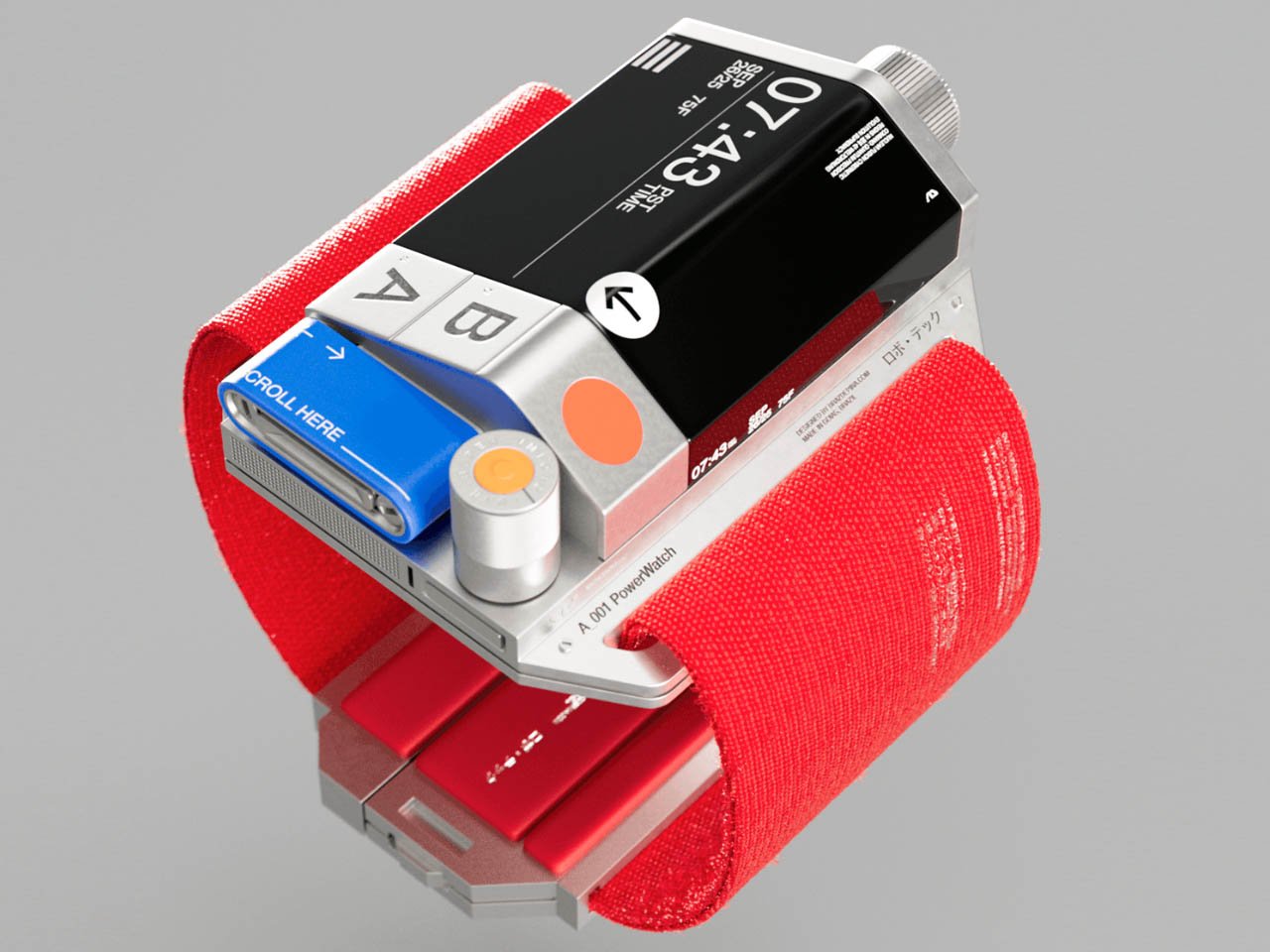
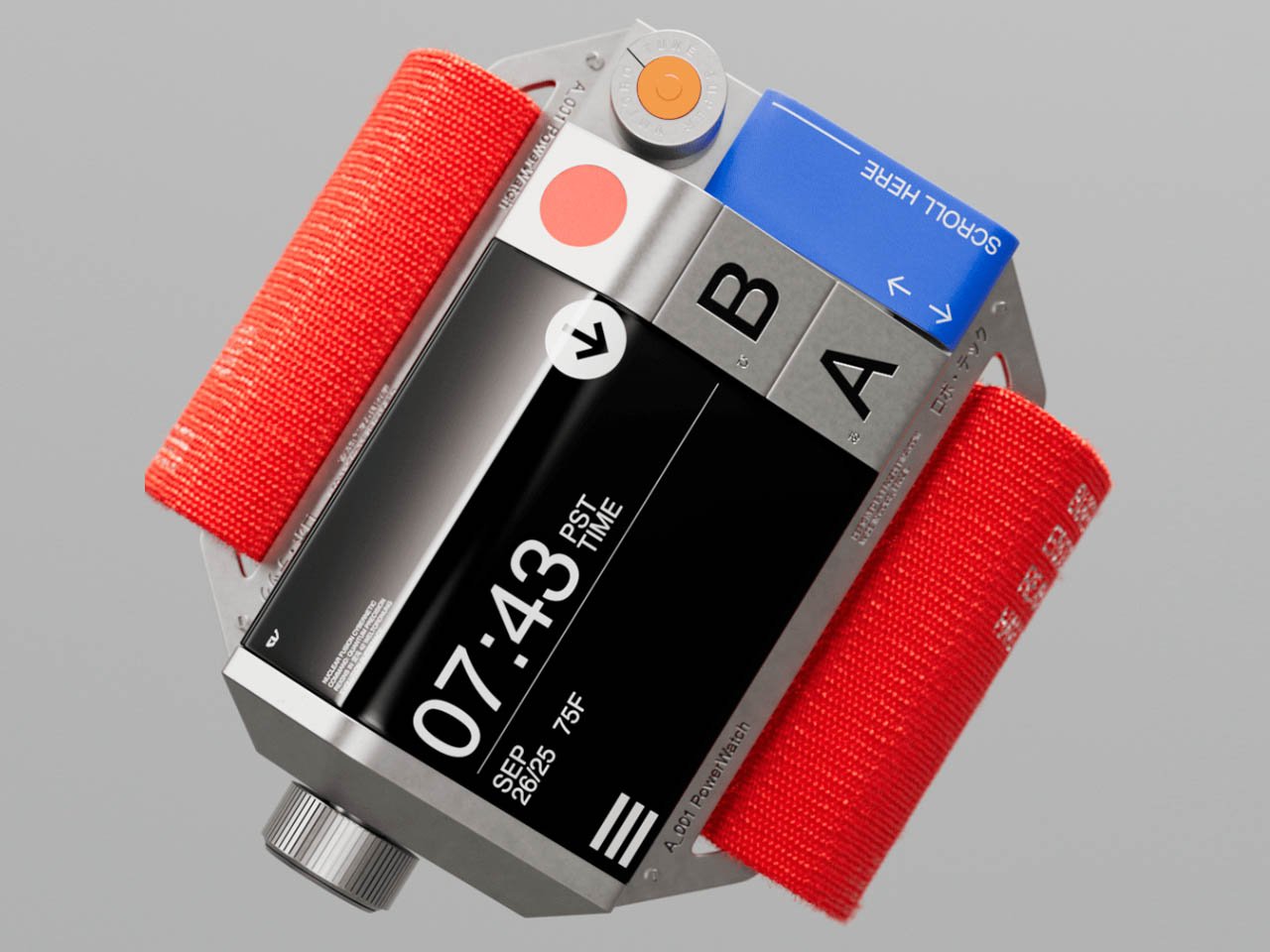
The A_001 PowerWatch concept pulls inspiration from two unlikely sources: Japanese tokusatsu action heroes from the 80s and Tesla’s polarizing Cybertruck. The result is something that resembles Optimus Prime’s transformation into a smartwatch, and it works brilliantly. Those familiar with series like Jaspion, Jiban, and Winspector will immediately recognize the red, silver, and blue color scheme that defined an entire generation of Japanese metal heroes.
That distinctive angular case borrows the Cybertruck’s brutalist aesthetic, creating a wearable that’s impossible to ignore. The large knobs on either side handle menu controls and app functions, providing substantial, satisfying inputs that feel more like operating a piece of industrial equipment than swiping on a glass screen. The screen itself maintains that Tesla-inspired angular geometry, creating a viewing experience that’s both futuristic and oddly nostalgic.
What we like
- Distinctive angular design inspired by iconic pop culture references.
- Large physical controls provide satisfying tactile feedback.
What we dislike
- Bold aesthetic won’t suit users who prefer subtle designs.
- Substantial size may prove cumbersome for smaller wrists.
7. ALIEN
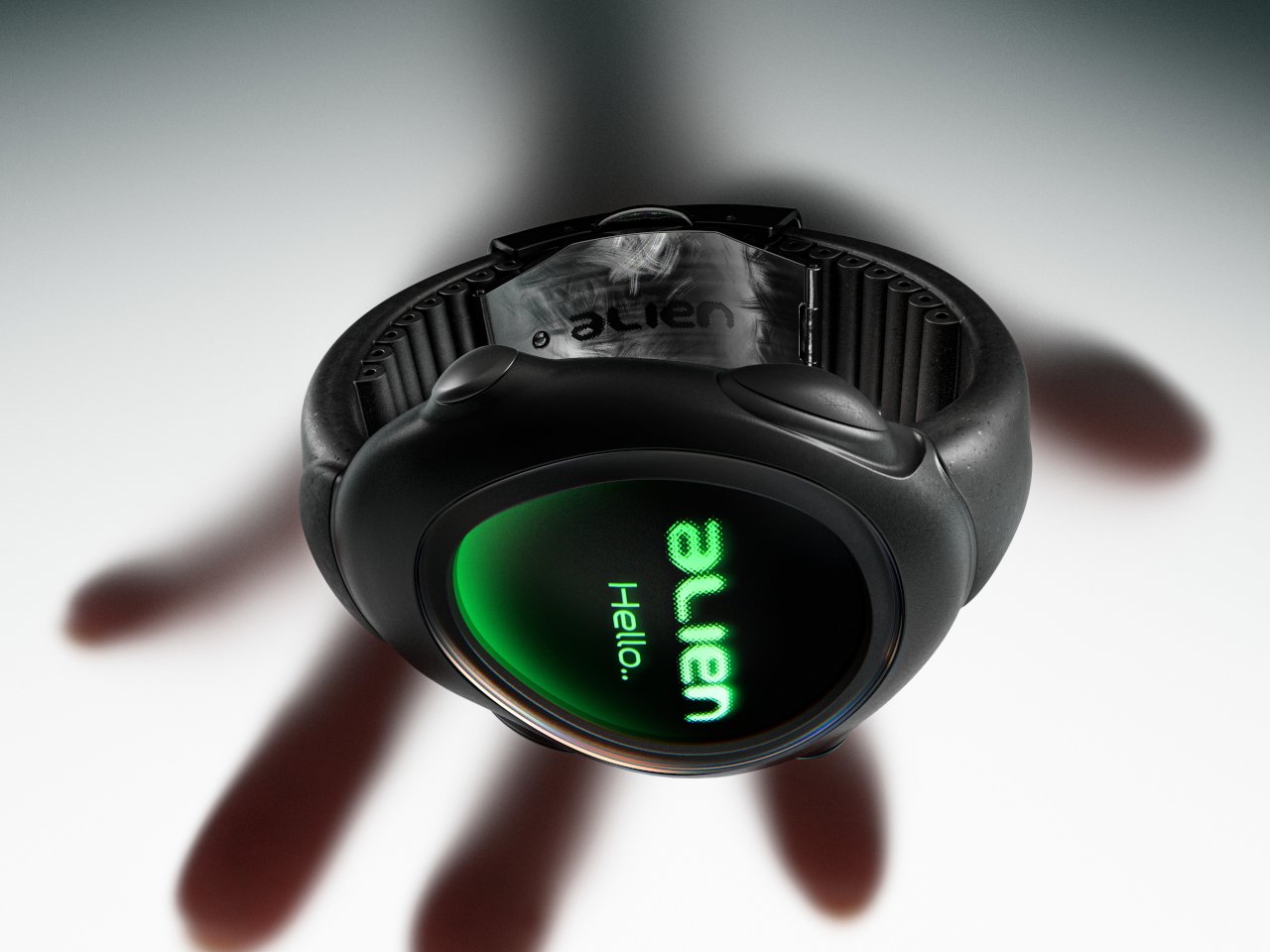
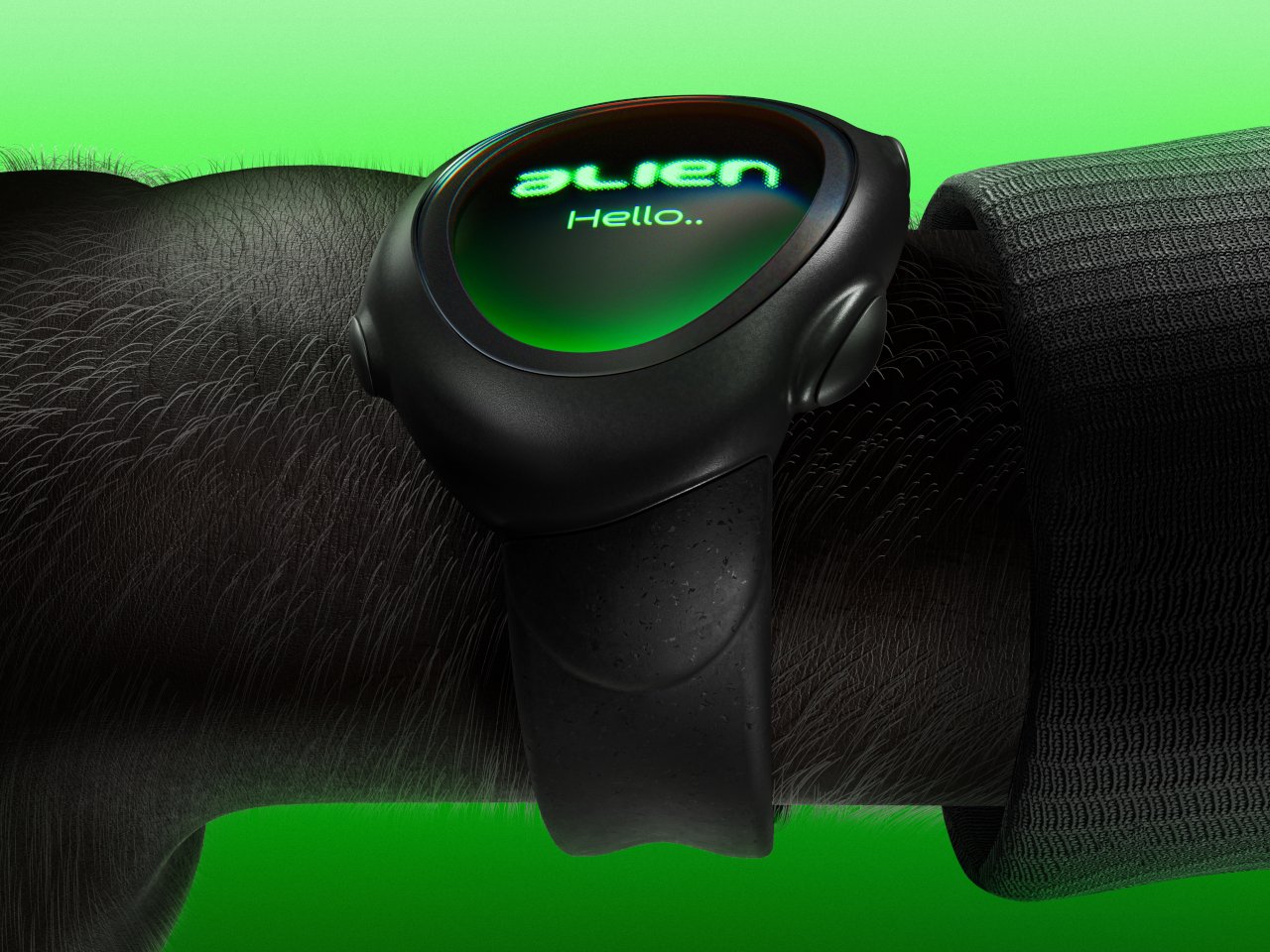
The ALIEN concept throws every smartwatch convention out the window. Instead of forcing geometric shapes onto human wrists, it embraces organic, asymmetrical design that conforms to wrist anatomy. The result is more comfortable, more natural, and surprisingly more human-centric than traditional approaches.
That otherworldly aesthetic, eerie green glow, and dark brushed metal create visual interest that feels genuinely fresh. The multiple buttons grow organically from the watch body rather than jutting out like afterthoughts. The domed display wraps around your field of view instead of presenting a flat, disconnected screen. The irony of calling it ALIEN becomes clear when you realize how much more human-centric this approach is. Freed from circular and square constraints, the design can take shapes that better fit actual wrists, offering natural curvature and ergonomic contact points that enhance extended wear comfort.
What we like
- Ergonomic organic shape follows natural wrist contours.
- Multiple button placement provides enhanced functionality.
What we dislike
- Unconventional design may alienate traditional watch users.
- Complex manufacturing could limit production possibilities.
8. Allai Wearable-1
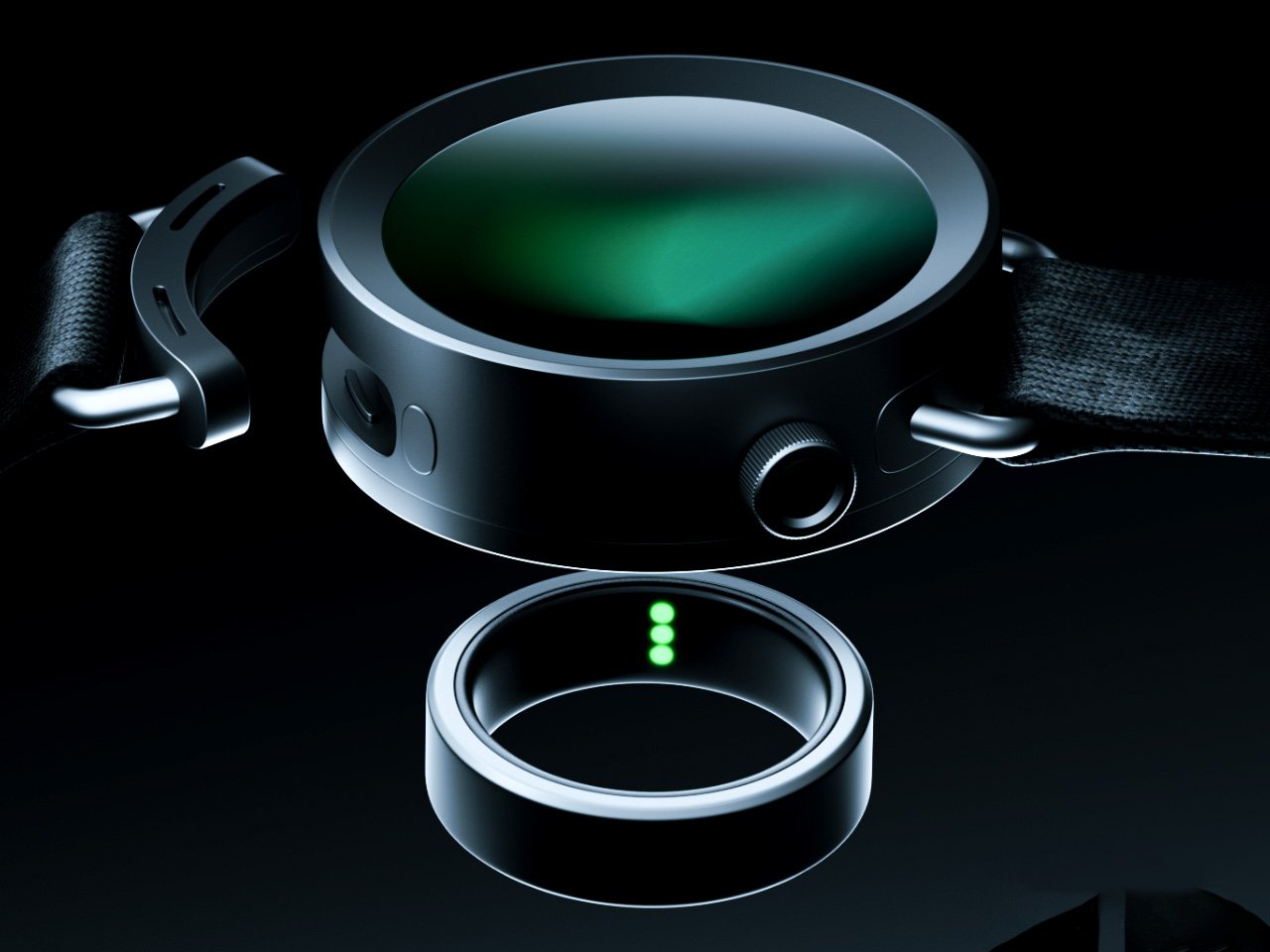
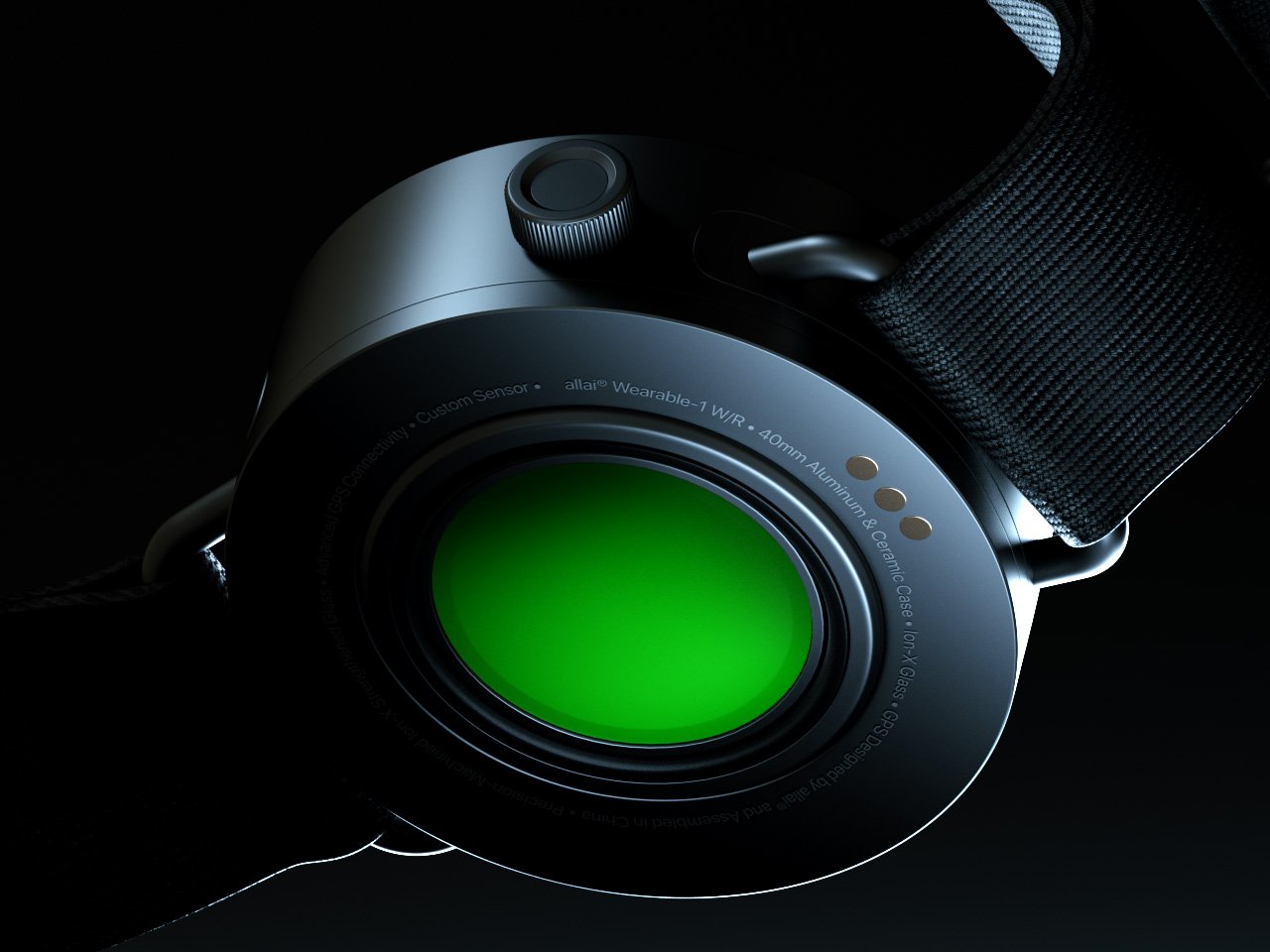
Health tracking just got seriously intelligent. The Allai Wearable-1 doesn’t just collect data – it learns from it. This isn’t another device that counts steps and calls it health monitoring. The NeuralTrack AI studies your routines, picks up on physiological patterns, and notices subtle changes in your health profile that you might miss entirely.
The FDA-cleared algorithms provide insights that feel genuinely medical rather than recreational. Instead of telling you walked 10,000 steps, it explains what that activity pattern means for your specific health goals based on your unique physiological baseline. The AI builds a comprehensive picture of your health over time, making connections between sleep quality, activity levels, stress responses, and recovery patterns. The modular design solves a problem most wearables ignore: different activities need different form factors. During the day, you get a full smartwatch with notifications, activity tracking, and comprehensive health metrics.
What we like
- Modular design switches between watch and ring for optimal comfort.
- Clinical-grade AI provides genuinely actionable health insights.
What we dislike
- Advanced algorithms may confuse users who want simple data.
- Modular components and premium features likely mean higher pricing.
9. Ksana
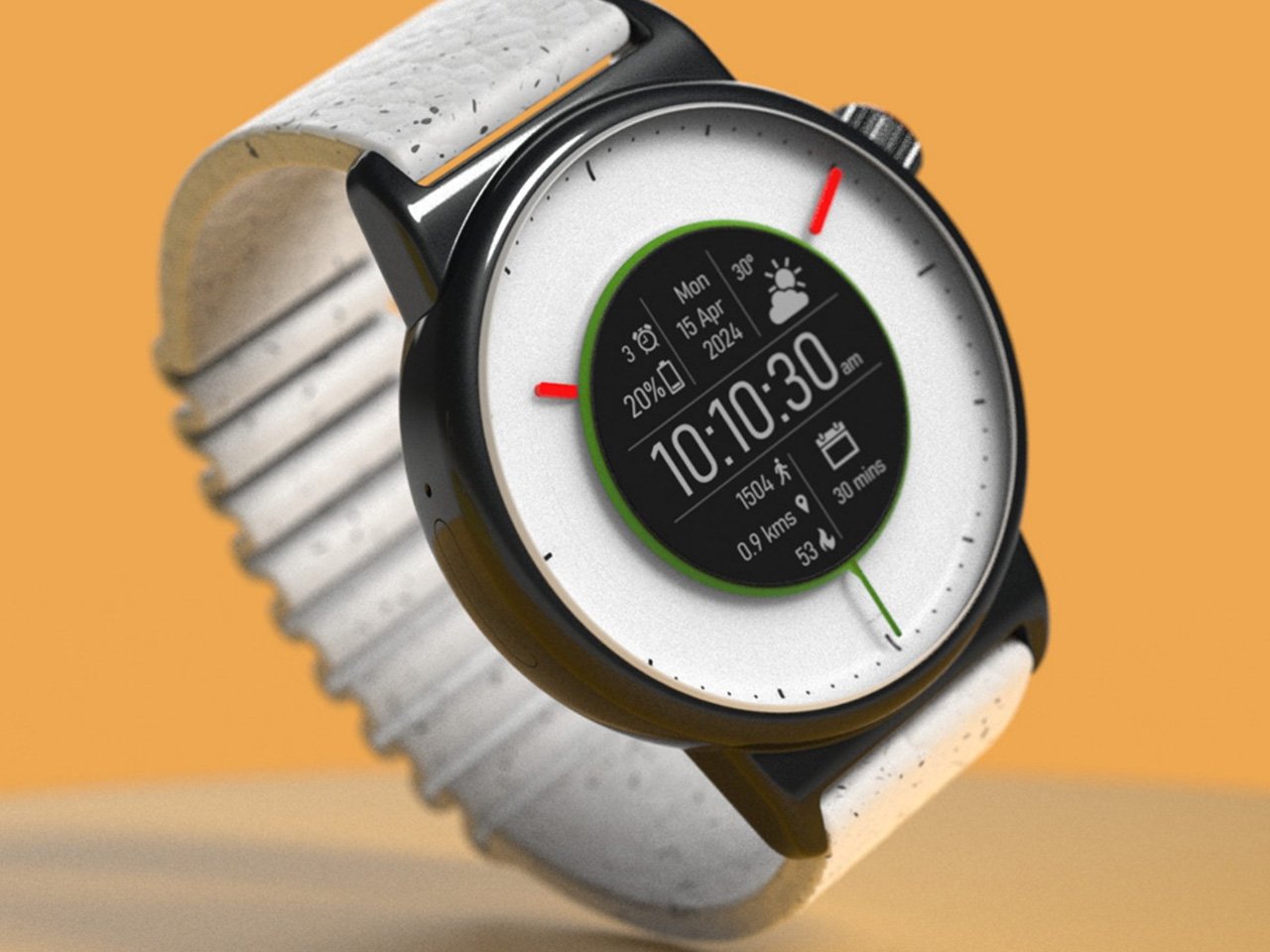
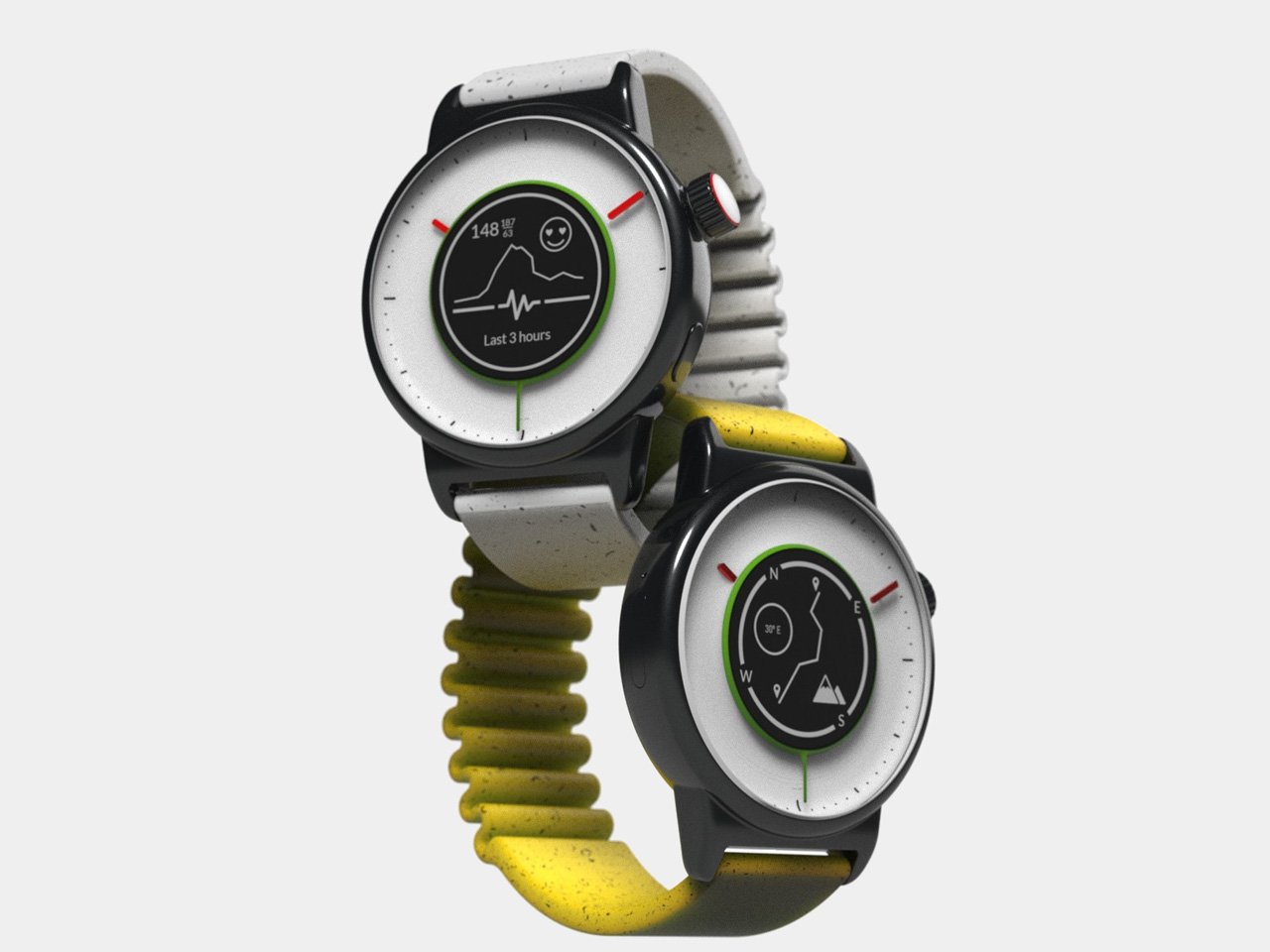
The Ksana smartwatch does something genuinely clever with E Ink technology that goes beyond the usual “it saves battery” pitch. The display can shrink down into a smaller circle, drawing your attention to the center of the watch face. It’s a simple idea that creates a surprisingly focused experience – no competing visual elements, no bright colors demanding attention, just essential information presented clearly.
E Ink makes perfect sense for a smartwatch when you think about it. You’re not watching videos or editing photos on your wrist. You want to glance down, get the information you need, and move on with your day. The Ksana delivers exactly that experience, with text that stays perfectly readable whether you’re in bright sunlight or a dark room. No squinting, no adjusting brightness, no battery anxiety from keeping the screen lit.
What we like
- E Ink technology provides exceptional battery life and universal readability.
- Focused interface eliminates visual distractions and information overload.
What we dislike
- Monochrome display lacks visual appeal for users wanting colorful interfaces.
- The compact display area limits how much information appears simultaneously.
10. WatchOut WearPods
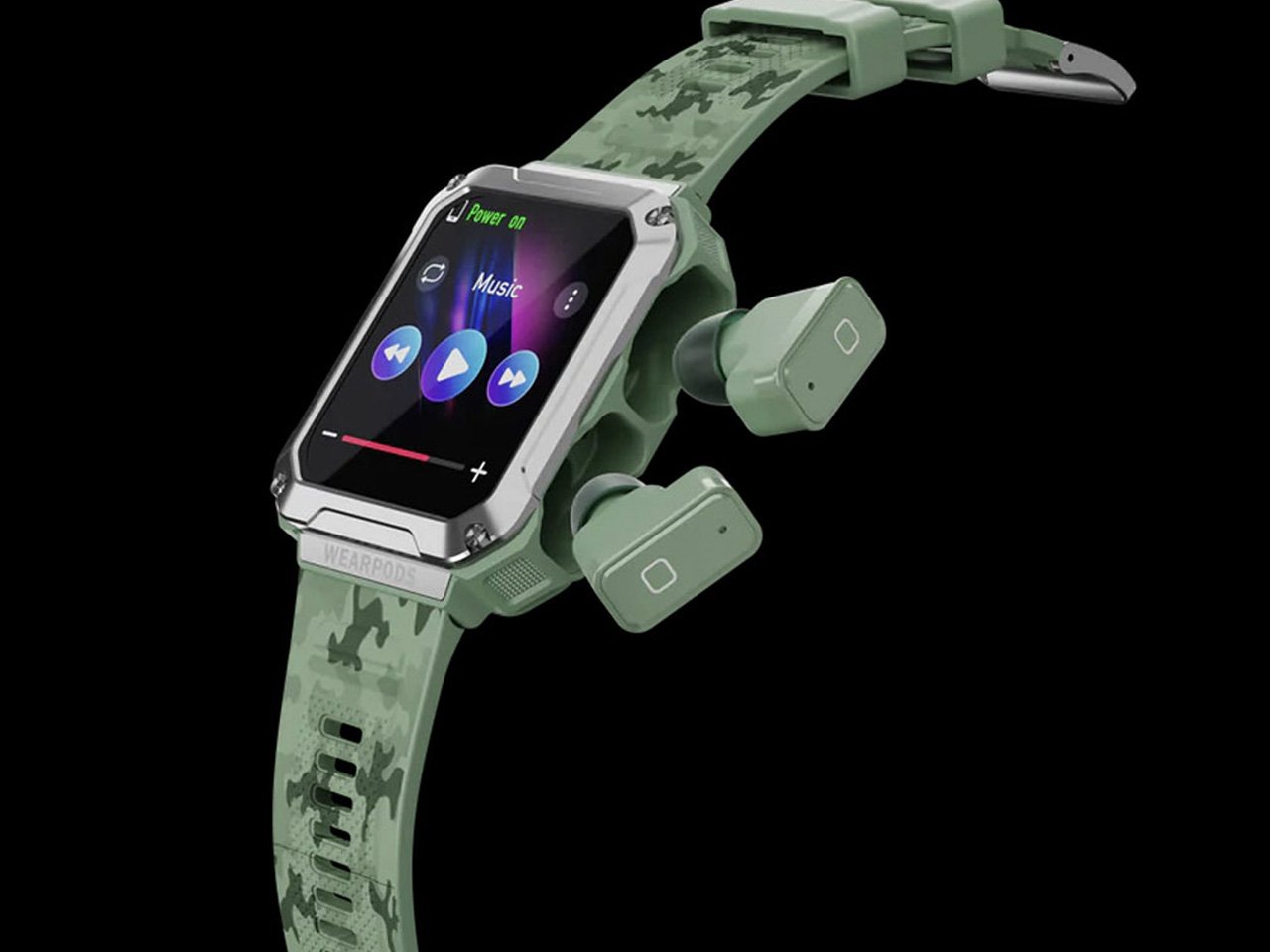
Indian startup WatchOut created something that feels straight out of a spy movie with their WearPods concept. The earbuds are concealed inside the sides of the smartwatch, which capitalizes on one of modern life’s most annoying problems: constantly misplacing wireless earbuds. Pull your audio from your wrist like some kind of tech-savvy secret agent. The bragging rights alone make this concept appealing.
The WearPods target Gen-Z users who are always open to new gadgets and unconventional solutions. Converging two essential devices into one makes practical sense; it’s one less thing to carry, charge, and inevitably lose. The 1.93-inch display provides plenty of real estate for smartwatch functions, while housing the earbuds doesn’t seem to compromise the overall design too dramatically.
What we like
- Eliminates the common problem of losing wireless earbuds.
- James Bond-style earbud deployment creates genuine wow factor.
What we dislike
- Battery life likely compromised by powering both watch and earbuds simultaneously.
- Size constraints may limit audio quality compared to dedicated earbuds.
Where Wearables Are Heading
These smartwatches solve the fundamental question of what belongs on our wrists in completely different ways. Gaming powerhouses, tokusatsu-inspired statements, minimalist companions, shape-shifting health trackers, spy-movie gadgets, rugged outdoor tools, elegant lifestyle accessories – the diversity shows how mature this category has become.
The smartwatch has moved beyond smartphone extension to a primary computing device that serves multiple roles throughout daily life. Whether through tactile interfaces, transparent construction, organic ergonomics, modular designs, or seamless ecosystem integration, these devices tackle the challenge of making powerful technology feel natural and essential.